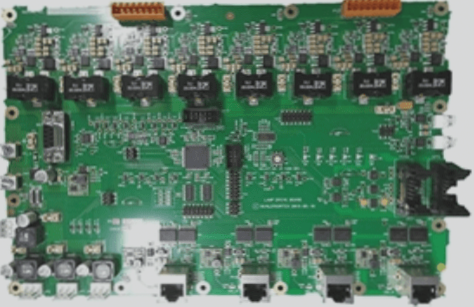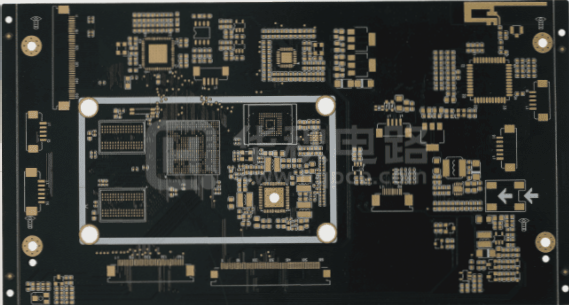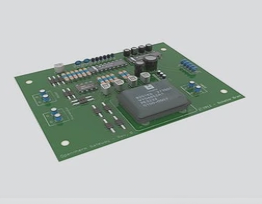Overview of PCB Advantages and Guidelines for Dust Cleaning
A PCB manufacturing facility has implemented a tailored pulse bag filter system to effectively control harmful dust generated during production, improving air quality and compliance with environmental standards while enhancing the design and reliability of flexible printed circuit boards (FPC).
Overview of PCB Advantages and Guidelines for Dust Cleaning Read More »










